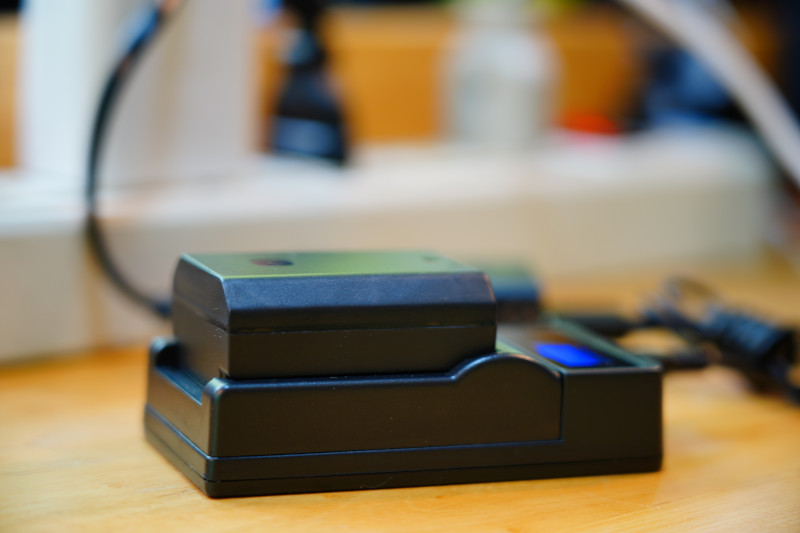‘Get up’ with good posture

Five years ago, U.S. Figure Skating founded National Get Up Day on Feb. 1—a day when communities celebrate perseverance and the ability to “get up” after falling down. Of course, it’s difficult to get up when you don’t have good body mechanics, so CM Regent has created this list of proper postures and stretching exercises you can share with your staff:
Standing
- Stand straight up, and not hunched over. The ideal spine is one that has an “S” curve from top to bottom.
- Align your ears, shoulders, hips, knees and ankles.
Sitting
- Avoid “slouching,” which does not support the back muscles.
- Adjust the chair’s arm and back rests to ensure you are sitting up straight.
- Try not to “mold to the chair,” leaning to the side to rest your elbow on the arm rest or leaning against the chair back.
Walking and bending
- Control your walking strides so you aren’t tempted to lean over.
- Bend at the hips and knees to pick up an object. Your spine should remain straight when you bend over.
- When you pick up an object on the floor, bend to one knee.
Sleeping
- Sleep on your back or side—not your stomach, which can cause the lower back to become arched.
- Place a pillow between your knees and legs to help with hip and lower back tension.
Stretching
- Consult with your doctor before beginning any stretching or exercise program.
- When you perform a stretch, hold it for at least 30 seconds, but for no longer than a minute.
- Stretch to the point where resistance begins.
- Stretch before beginning any activity.
- Relax your muscles between stretching exercises.
Common stretching exercises
Shoulder stretch – Standing with your back against a wall, lift your upper arms to shoulder
height. Bending at the elbows, point your forearms and fingers toward the ceiling with your open palms facing forward, and attempt to press them into the wall. Hold the stretch here for 10-30 seconds, and then slowly lower your forearms down so your fingers are pointing to the floor and again pressing into the wall, if possible.
Chest stretch (standing or seated) – Open your arms to your sides with the palms facing forward. Start to press them behind you slightly by squeezing your shoulder blades in toward one another.
Back stretch – Sitting in a chair, lean forward from your hips, attempting to keep your back
straight and your chin aligned with your spine. Reach your hands down your legs.
For more information about preventing injuries among your staff, review our other employee safety resources at cmregent.com.




